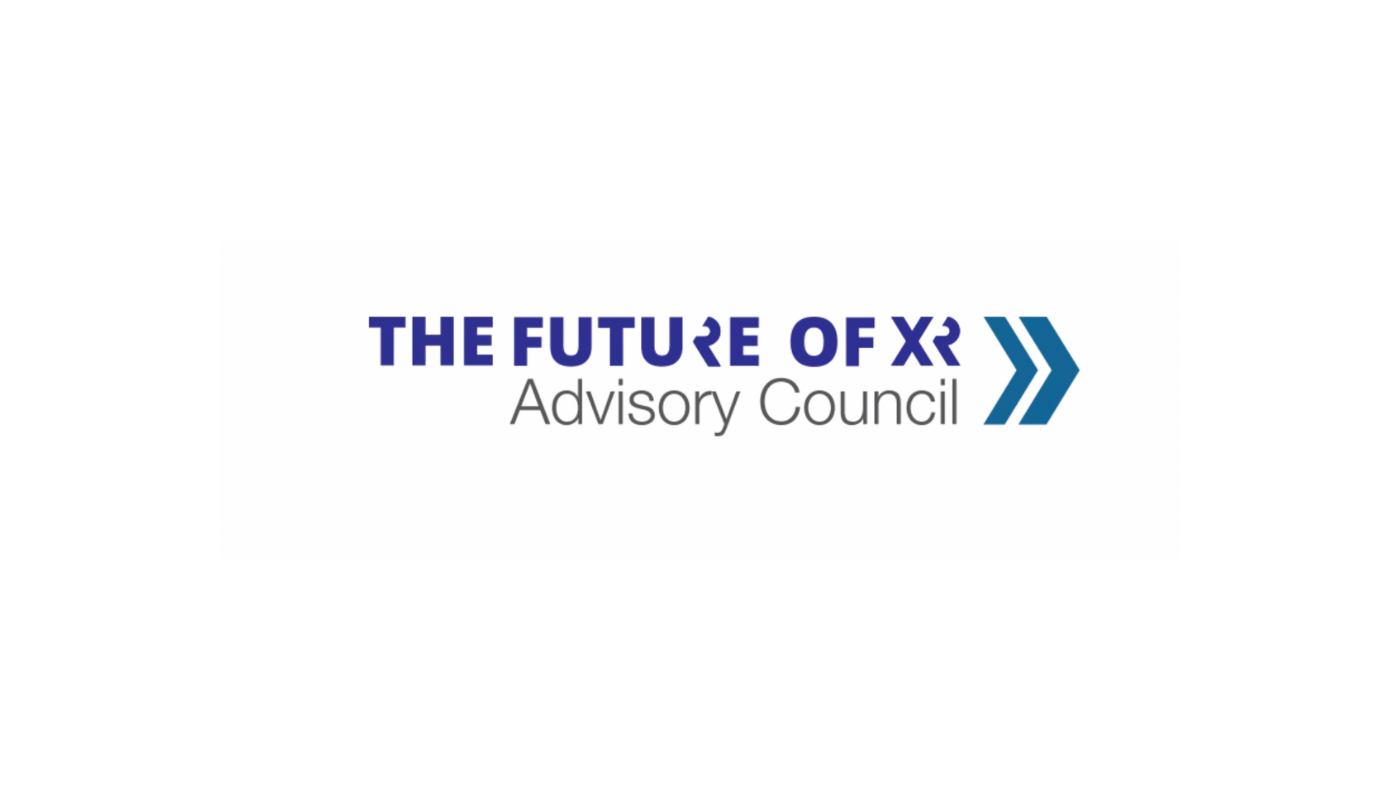Washington, D.C. – On May 2 and June 7, 2023, the XR Association’s Future of XR Advisory Council (XRAC) held its fourth working group meeting, bringing together thought leaders, company executives, and advocates in the XR industry working at the intersection of tech and inclusion. The working group is one of five overall and will contribute to a whitepaper summarizing insights from the Future of XR Advisory Council.
The topic of XR and diversity, equity, inclusion and accessibility (DEIA) can be quite expansive and so this working group was designed to focus on a current that cuts across all communities and that is with respect to training and education to pursue a good job. XR has the potential to be a leveling force in this regard. We are seeing early signs that XR can be a significant player in helping people of all backgrounds have access to workforce training and upskilling that makes a difference. This is particularly valuable for people who may face discrimination or bias in traditional training environments, and AR and VR can be used to create immersive cultural experiences that can help people to develop cultural competence and empathy. Finally, immersive training can be used to improve communication skills and reduce communication barriers.
Yet, while XR and its intersection with DEIA holds great promise, factors such as cost of the technology and availability of broadband play a significant role in ensuring access. Moreover, intentionality about representation and inclusion must be a priority for this rapidly developing field.
All participants unanimously agreed that the promise of immersive technology cannot be realized absent “a nothing without us” approach to ensure that all voices are represented. From the C-Suite to the UX designers, all must be committed to baking in accessible and inclusive features and experiences from the start. Such a commitment might mitigate the tendency to leave out DEIA features when launching products for market.
It was also understood that XR in the workplace starts much earlier with exposure to the technology through education and gaming. For marginalized communities this can mean starting well behind others in the use and adoption of such an important technology. Thus, participants in the working group focused on how to break down barriers to use and adoption. Whether it is through our libraries, through government as a lead adopter, or other strategies, attention must be paid to ensure that XR is made available to marginalized users.
Additional information from this working group will be incorporated into a forthcoming whitepaper.
ABOUT XRAC
XRAC is composed of top executives at industry-leading companies as well as representatives from civil society, academia, and former government officials. For the full list of members, a list of the XR and Youth working group, and to see high-level notes from the first convening, visit the XRAC site.


